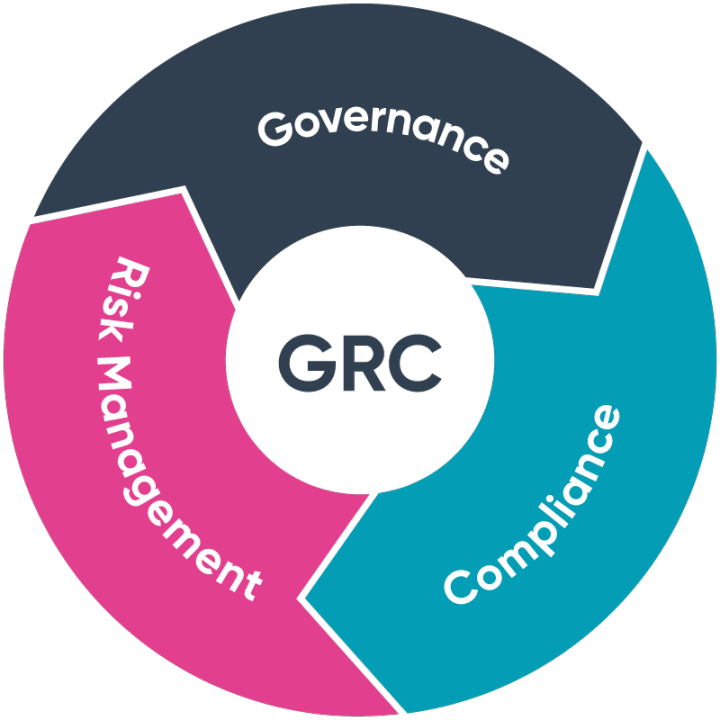Last August, LastPass reported a security breach, saying that no customer information—or passwords—were compromised. Turns out the full story is worse:
While no customer data was accessed during the August 2022 incident, some source code and technical information were stolen from our development environment and used to target another employee, obtaining credentials and keys which were used to access and decrypt some storage volumes within the cloud-based storage service.
[…]
To date, we have determined that once the cloud storage access key and dual storage container decryption keys were obtained, the threat actor copied information from backup that contained basic customer account information and related metadata including company names, end-user names, billing addresses, email addresses, telephone numbers, and the IP addresses from which customers were accessing the LastPass service.
The threat actor was also able to copy a backup of customer vault data from the encrypted storage container which is stored in a proprietary binary format that contains both unencrypted data, such as website URLs, as well as fully-encrypted sensitive fields such as website usernames and passwords, secure notes, and form-filled data.
That’s bad. It’s not an epic disaster, though.
These encrypted fields remain secured with 256-bit AES encryption and can only be decrypted with a unique encryption key derived from each user’s master password using our Zero Knowledge architecture. As a reminder, the master password is never known to LastPass and is not stored or maintained by LastPass.
So, according to the company, if you chose a strong master password—here’s my advice on how to do it—your passwords are safe. That is, you are secure as long as your password is resilient to a brute-force attack. (That they lost customer data is another story….)
Fair enough, as far as it goes. My guess is that many LastPass users do not have strong master passwords, even though the compromise of your encrypted password file should be part of your threat model. But, even so, note this unverified tweet:
I think the situation at @LastPass may be worse than they are letting on. On Sunday the 18th, four of my wallets were compromised. The losses are not significant. Their seeds were kept, encrypted, in my lastpass vault, behind a 16 character password using all character types.
If that’s true, it means that LastPass has some backdoor—possibly unintentional—into the password databases that the hackers are accessing. (Or that @Cryptopathic’s “16 character password using all character types” is something like “P@ssw0rdP@ssw0rd.”)
My guess is that we’ll learn more during the coming days. But this should serve as a cautionary tale for anyone who is using the cloud: the cloud is another name for “someone else’s computer,” and you need to understand how much or how little you trust that computer.
If you’re changing password managers, look at my own Password Safe. Its main downside is that you can’t synch between devices, but that’s because I don’t use the cloud for anything.
News articles. Slashdot thread.
EDITED TO ADD: People choose lousy master passwords.





